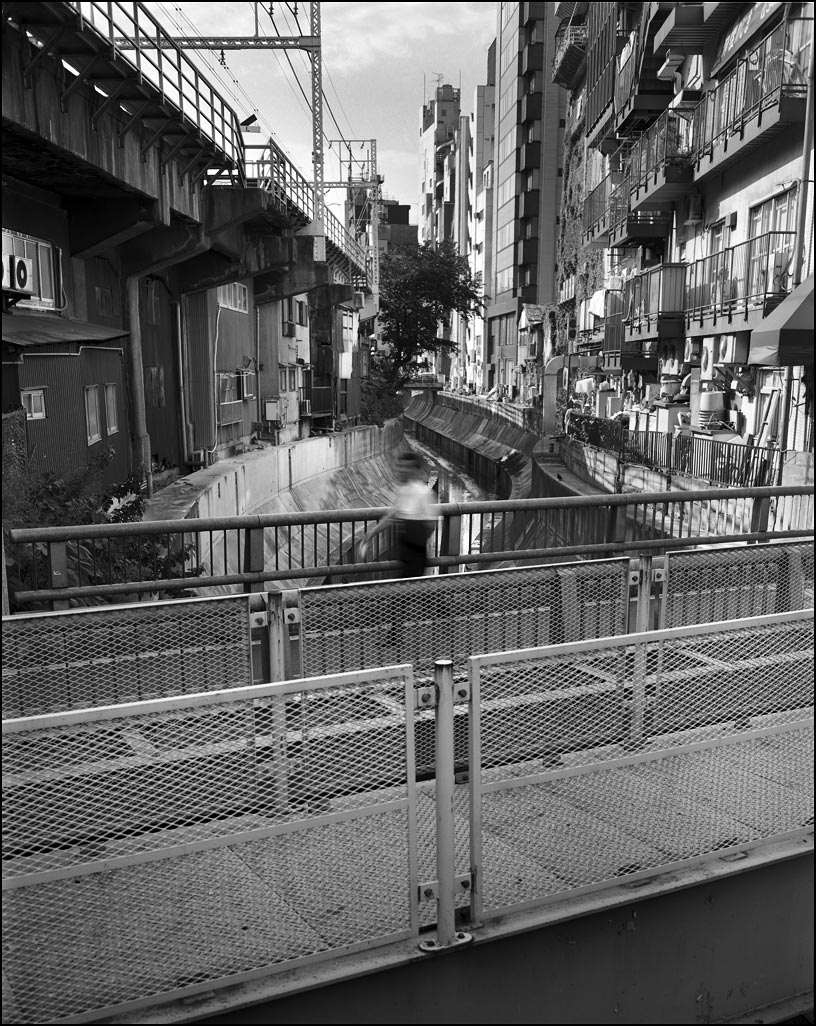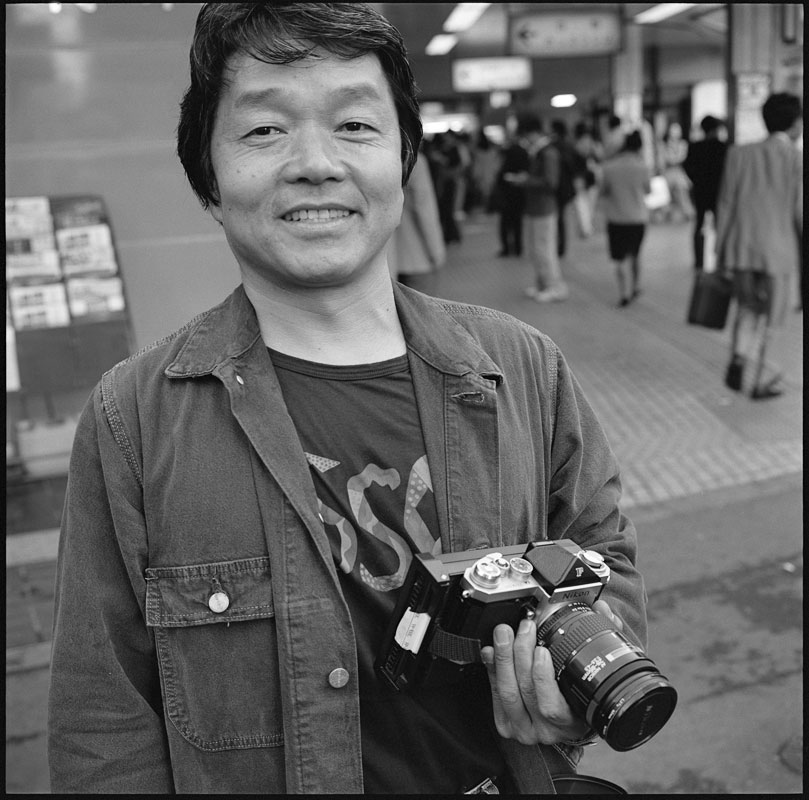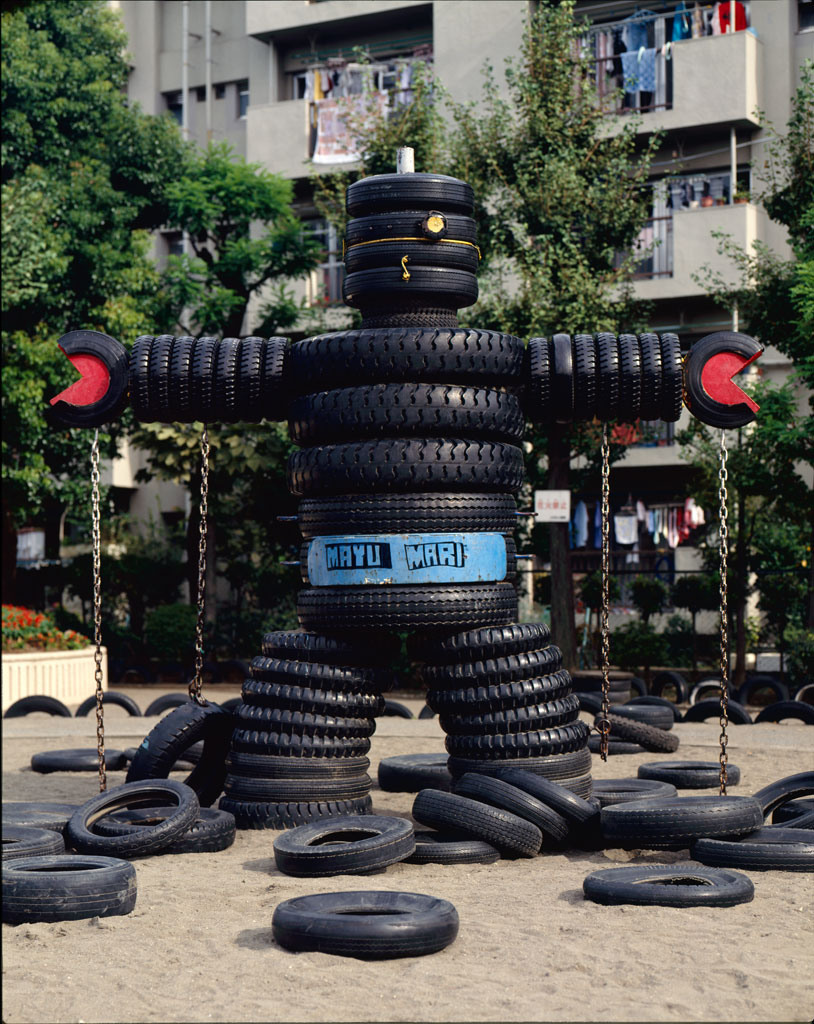Tag Archives: Tokyo
On the Streets of Tokyo
Kanda, the Book District of Tokyo
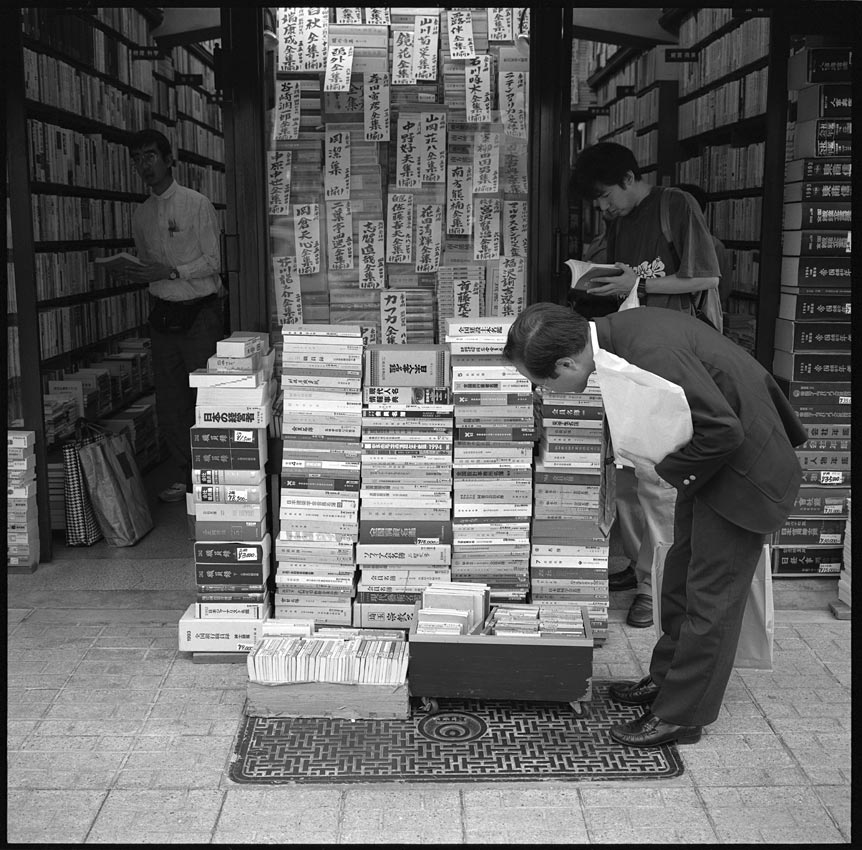 When Tokyo was being built in the 17th century—it was called Edo then—the city was planned into districts and quarters based of crafts or markets. Starting with the Confucian academy in the late 1600s, Kanda became a center of learning and publishing. These divisions blended and dissolved with the growth of the city. Today, the streets of Kanda are still punctuated by small used bookstores.
When Tokyo was being built in the 17th century—it was called Edo then—the city was planned into districts and quarters based of crafts or markets. Starting with the Confucian academy in the late 1600s, Kanda became a center of learning and publishing. These divisions blended and dissolved with the growth of the city. Today, the streets of Kanda are still punctuated by small used bookstores.
As someone who grew up reading, walking into a bookstore in Japan was really humbling. You figure there would be enough information to at least find major categories of books, like photographic books. It is not that easy. If you really want to know how debilitating illiteracy is, visit a Japanese bookstore.
The Torii: a Sacred Gate
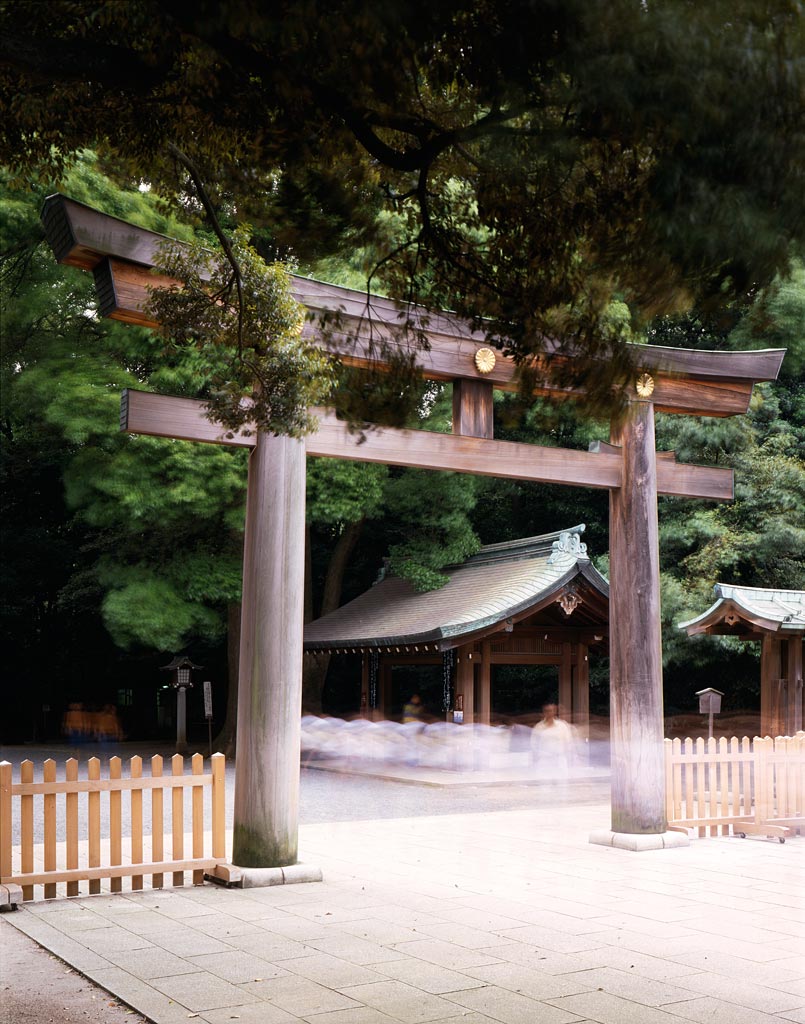 Most shines in Japan are marked by a gate called a torii. As the worshipper passes through the gate, it symbolized the transition from the mundane world into a sacred space. This gate is at Meiji Shrine, the largest shrine in Tokyo. The structure just beyond the gate is the ablution pavilion, or temizuya, where worshippers will rise their mouth and wash their hands as a purification rite.
Most shines in Japan are marked by a gate called a torii. As the worshipper passes through the gate, it symbolized the transition from the mundane world into a sacred space. This gate is at Meiji Shrine, the largest shrine in Tokyo. The structure just beyond the gate is the ablution pavilion, or temizuya, where worshippers will rise their mouth and wash their hands as a purification rite.

Tire Park, Tokyo
Tokyo at Night
Sacred for a Day
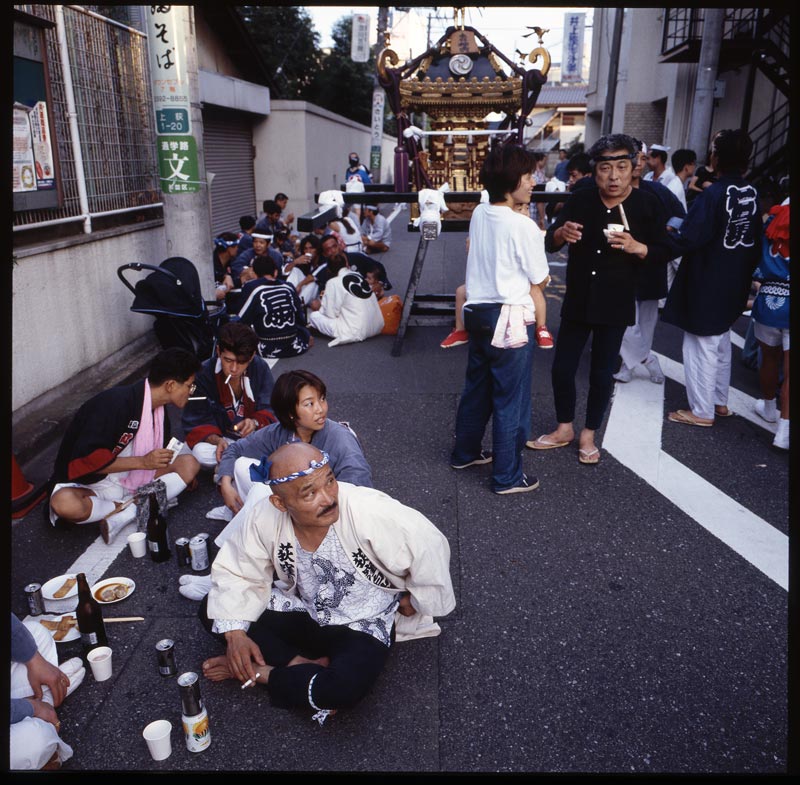 Shinto festivals are community rites. The god of the local shrine is transferred to a portable shrine, which is carried through the parish in an all-day event. Teams sing and dance while carrying their divine host. Along the way, these bearers stop for refreshment.
Shinto festivals are community rites. The god of the local shrine is transferred to a portable shrine, which is carried through the parish in an all-day event. Teams sing and dance while carrying their divine host. Along the way, these bearers stop for refreshment.
There are no sermons. This is no proselytizing. The revelation is far more subtle, far more profound. The place, the people are sacred for this day and for every day that follows. Click on the image for a larger view.
Asakusa Kannon Temple in Tokyo
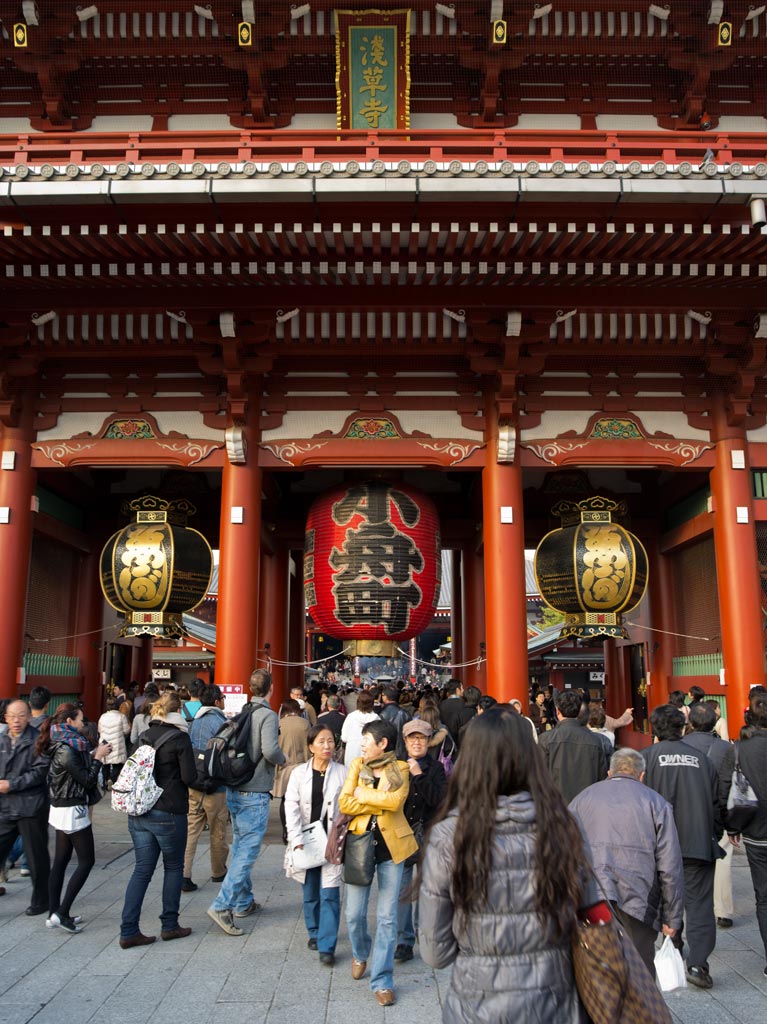 One of the largest temples in Japan is in Asakusa in Tokyo. Sensoji (or Senso Temple) is dedicated to Kannon, the Bodhisattva of compassion. The grounds are always packed with crowds of visitors, of worshippers. The Japanese come to wish or to offer thanks for wishes granted. The wishes that are carried here reflect the facets of life–the gift of a child, success in an exam, a new job, cures for illness, hopes for prosperity, or solace for the deceased. No matter the wish, no matter the burden, the atmosphere is always like a festival. Click on the image for a larger view.
One of the largest temples in Japan is in Asakusa in Tokyo. Sensoji (or Senso Temple) is dedicated to Kannon, the Bodhisattva of compassion. The grounds are always packed with crowds of visitors, of worshippers. The Japanese come to wish or to offer thanks for wishes granted. The wishes that are carried here reflect the facets of life–the gift of a child, success in an exam, a new job, cures for illness, hopes for prosperity, or solace for the deceased. No matter the wish, no matter the burden, the atmosphere is always like a festival. Click on the image for a larger view.

